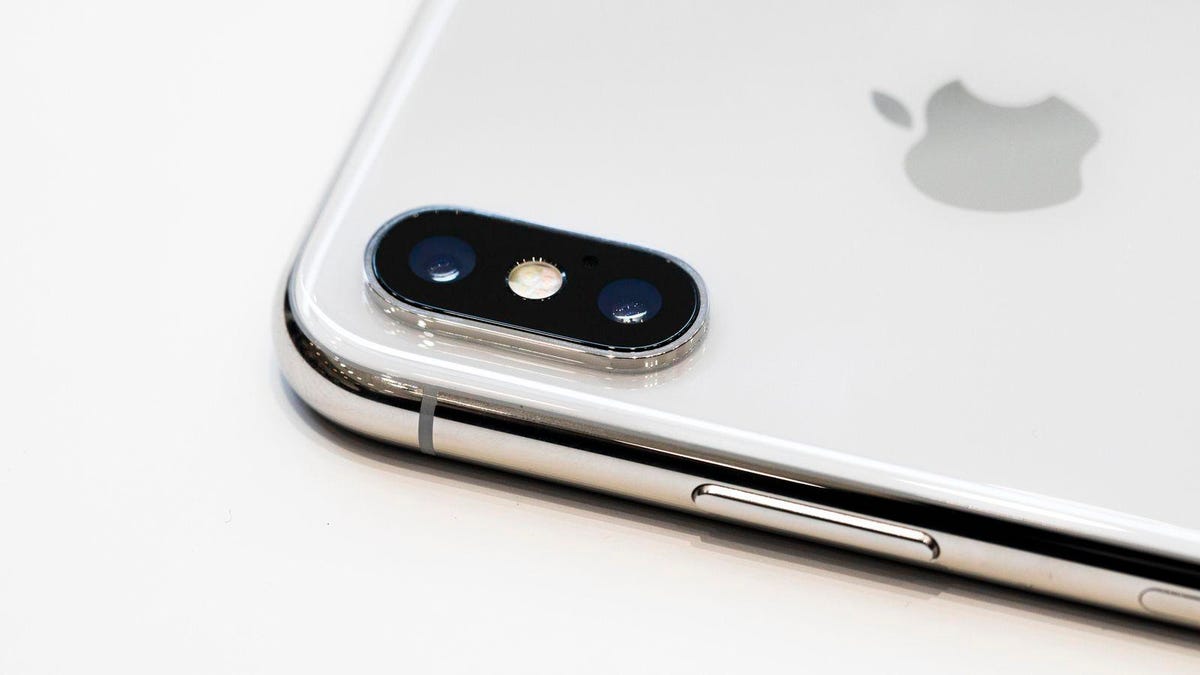iPhone X's Face ID is years ahead of Android competition
Android phones won't get comparable 3D tech until 2019, industry insiders estimate.

If you want a phone with secure 3D facial recognition, Apple's iPhone X is your best choice. And it may stay this way for a while. Apple's facial recognition technology, embodied by Face ID on the iPhone X, is estimated to have a two-year lead on the Android competition, according to "three major parts producers" who talked to Reuters.
This means you may have to wait until 2019 before you can buy an Android phone with facial recognition abilities as advanced as Apple's Face ID.
Apple's Face ID incorporates 3D sensing technology to get an accurate picture of your mug.
What makes the iPhone X's Face ID so special? The answer lies in its 3D sensors. When the iPhone X was announced, Apple placed a lot of emphasis on its TrueDepth camera system, which sits next to the front-facing camera and shoots out thousands of tiny infrared dots to create a virtual 3D model of your face. With this model it can use advanced AR features, such as animoji, or secure facial recognition like Face ID.
Other phones just don't have the hardware to keep up. The brand new Samsung Galaxy S9, for example, uses 2D cameras to do its version of facial recognition called Intelligent Scan. Samsung's solution isn't as accurate and therefore not as secure. So much so that Samsung won't allow you to use it to verify mobile payments.
Android phone manufacturers are struggling to acquire the same tech that Apple already has, according to Reuters.
One of the key components in the 3D facial recognition equation is vertical-cavity surface-emitting lasers (VCSELs). VCSELs are a relatively new technology that few manufacturers have access to, but thanks to Apple's big R&D budget and tight control of its supply chain, it was able to get its hands on a large amount of these parts. In December Apple signed a $390 million dollar deal to secure parts from VCSEL manufacturer Finstar. This has created a bottleneck for Android makers hoping to acquire the same parts.
Android makers will have to wait until more companies are producing VCSELs. As a result Android phones might not get 3D facial recognition until next year. This coincides with an earlier report that Samsung may be working to secure 3D camera tech for its Galaxy S10 phone.
Meanwhile, Apple is rumored to be bringing Face ID to more devices. Ming-Chi Kuo, an analyst who regularly comments on Apple stories, says that three new iPhones released in 2018 could come with Face ID, as well as the next iPad Pro.
Apple did not immediately respond to a request for comment.

